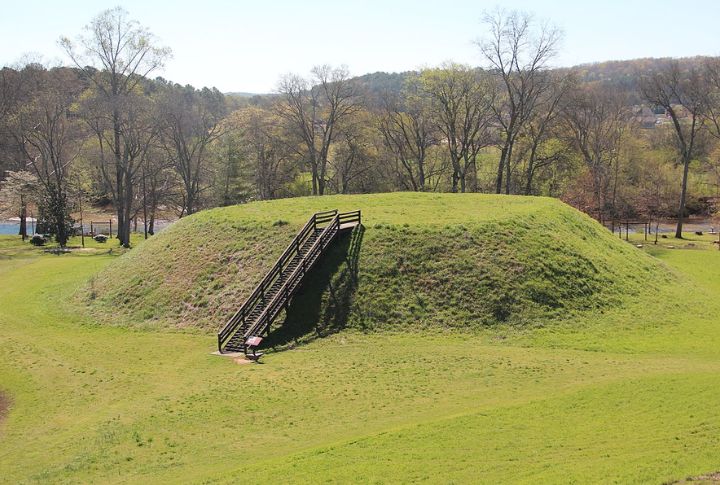
What lies beneath our feet often tells a deeper story than any textbook can. Across the United States, ancient footprints linger in stone and earth. The discovery of some of these items and sites sparks controversy, while others bring about awe. However, many challenge how we understand time and ancestry. Let’s check out these 20 archeological finds.
Clovis Points
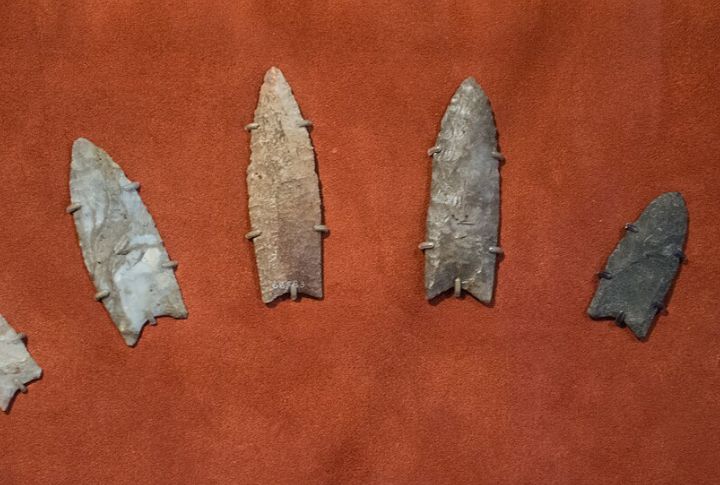
Clovis points date back to around 13,000 years ago, and each of them has a distinct fluted shape unique to Clovis technology. They are linked to the first widespread prehistoric culture in North America, and were crafted from high-quality stone traded over long distances. Clovis points are often found at mammoth kill sites.
Kennewick Man
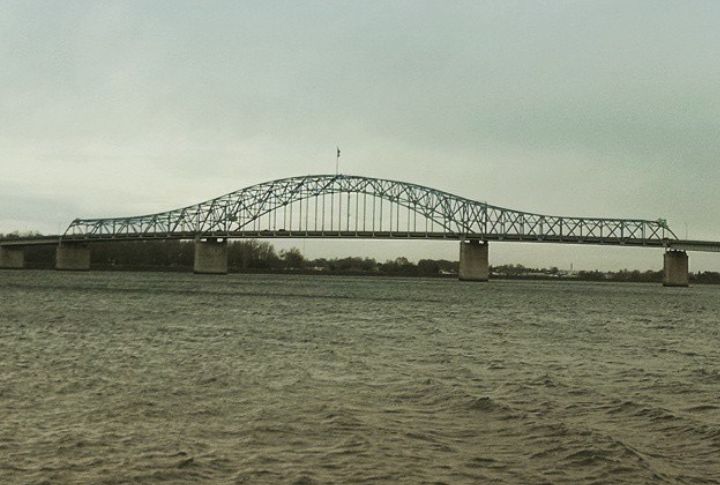
One of the oldest and most complete human skeletons ever found in North America, Kennewick Man was discovered on the Columbia River banks in Washington State. The skeleton sparked a decades-long legal battle over scientific study and Native American repatriation rights.
Cahokia Mounds
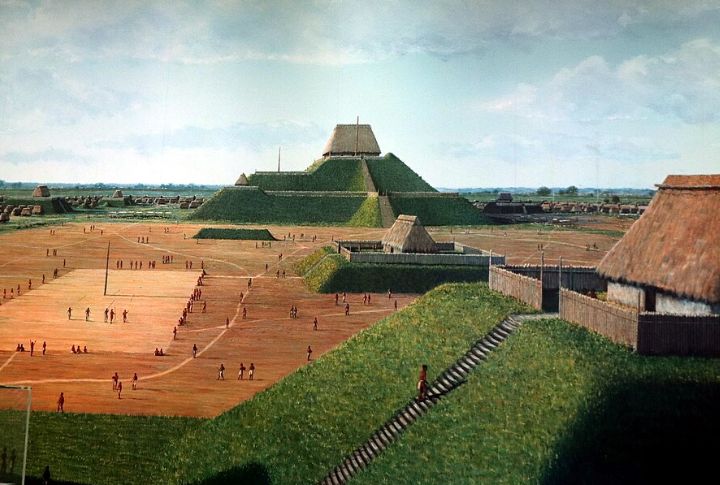
Cahokia once supported a population of up to 20,000 people around 1100 CE. It is located near present-day St. Louis, Illinois, and contains about 80 surviving mounds. Monks Mound stands as the Americas’ largest prehistoric earthwork, and artifacts suggest Cahokia was the center of a vast trade network.
Serpent Mound
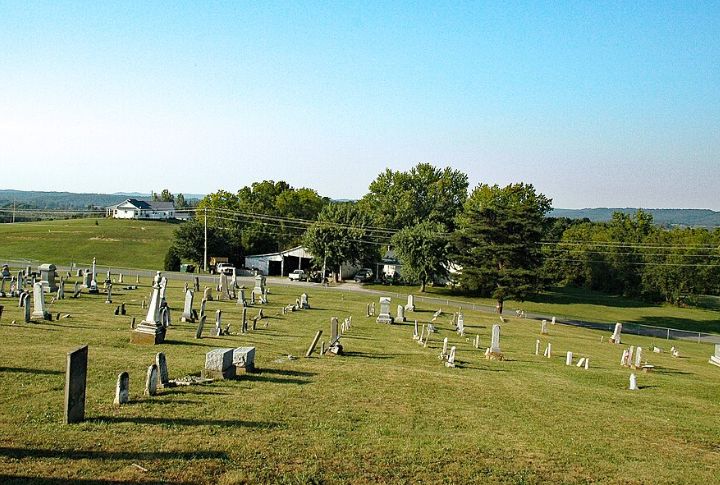
Here comes the largest surviving prehistoric effigy mound in the United States. Archaeologists believe it was built by indigenous cultures over 1,000 years ago. Excavations have revealed burials and artifacts near the effigy, adding to its mystery, and aerial views reveal the full snake shape.
Mesa Verde Cliff Dwellings
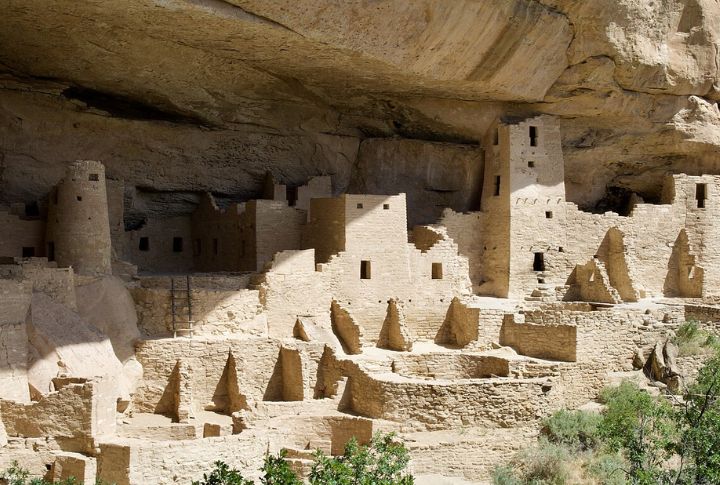
Mesa Verde National Park preserves over 600 cliff dwellings. These structures were occupied from about 550 AD to 1300 AD. Cliff Palace, the largest dwelling, contains more than 150 rooms and 23 kivas. Many dwellings were abandoned in 1300 AD, likely due to prolonged drought.
Poverty Point
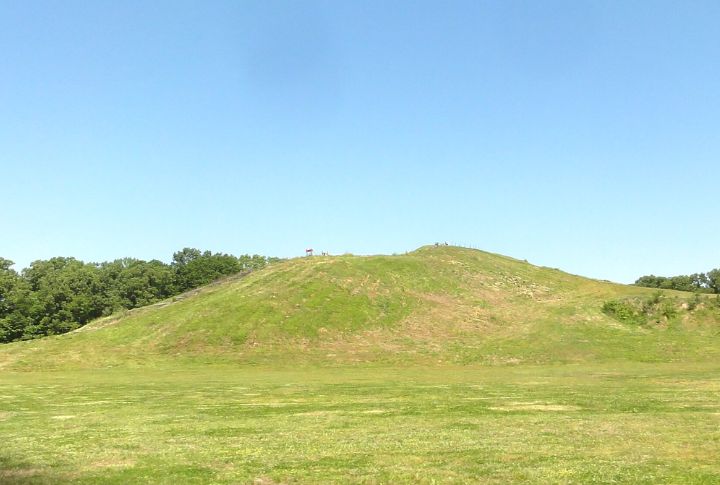
Poverty Point is recognized as one of the largest and oldest earthwork complexes in North America. Its UNESCO World Heritage Site designation is due to its significance. Judging by artifacts, one can conclude that the people of Poverty Point were part of an extensive trade network.
Lovelock Cave
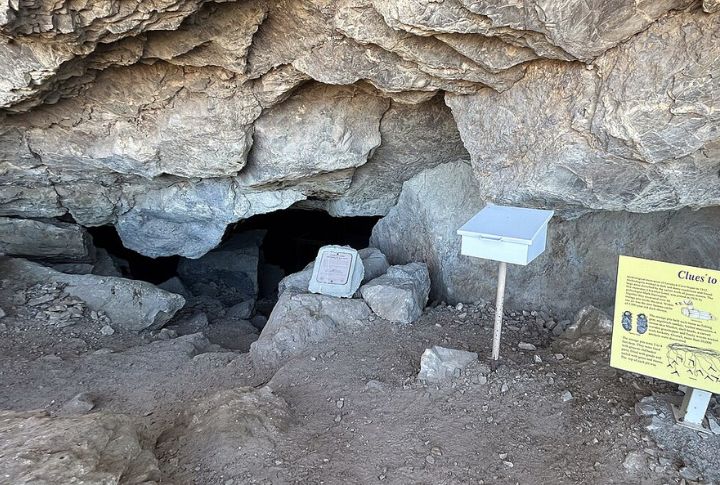
People occupied the cave for more than 4,000 years, and archaeologists have discovered ancient mummies and the world’s oldest duck decoys inside it. Interestingly, the cave is tied to local legends of red-haired giants said to have lived there.
Chaco Canyon
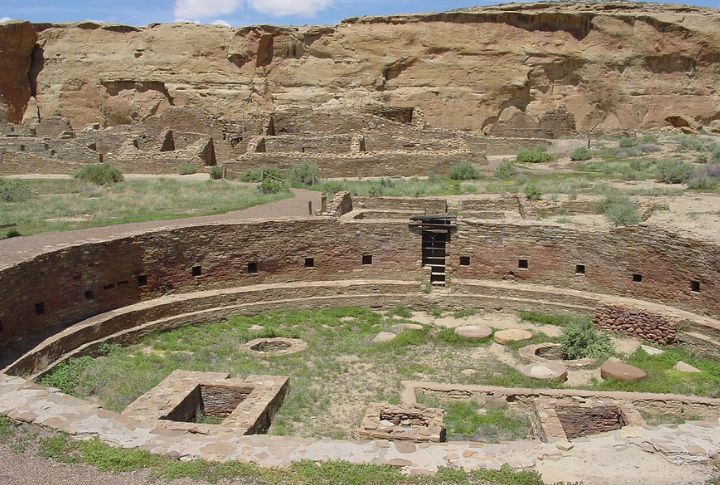
For the Ancestral Puebloans, Chaco Canyon was a major cultural center between 900 and 1150 AD. The massive stone buildings and kivas were precisely aligned with solar and lunar cycles. Straight roads connected Chaco Canyon to outlying communities for hundreds of miles.
Lake Huron Drive Lanes
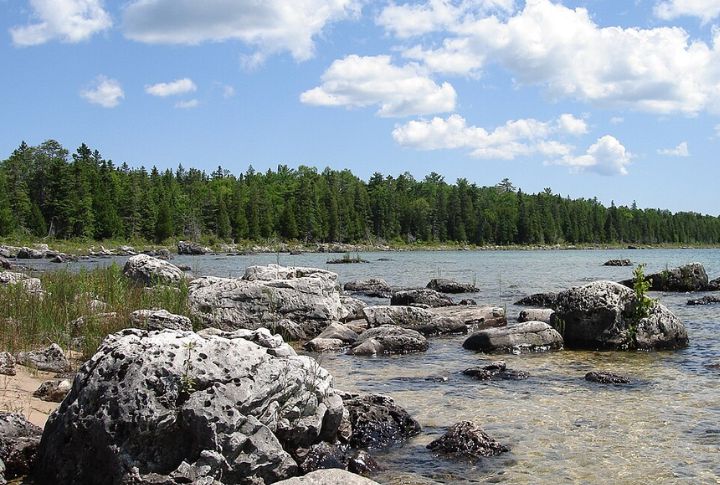
These ancient stone lanes were discovered beneath Lake Huron in the Great Lakes region. They were used by prehistoric hunters to direct caribou during seasonal migrations. The lanes are the oldest known stone hunting structures in North America, and cold freshwater preserved them remarkably well.
Effigy Mounds
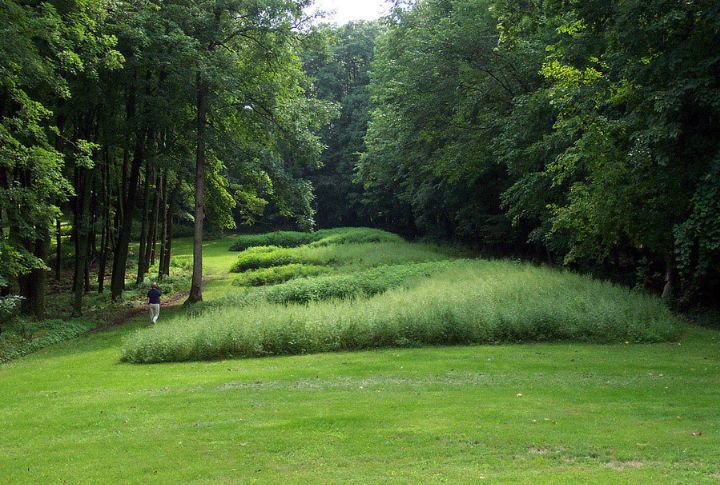
Effigy Mounds National Monument protects over 200 prehistoric earth mounds, which were built by Native American Woodland cultures between 650 and 1200 CE. Many of the effigy mounds resemble birds, bears, and serpents when viewed from above. Some alignments suggest builders understood celestial events and seasonal cycles.
Koster Site
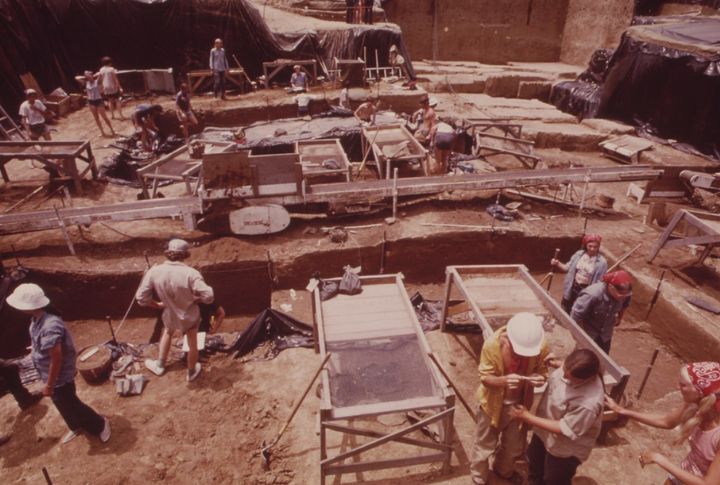
Koster contains 14 cultural layers showing unbroken habitation from 7,500 BC to 1,000 AD. It is one of the most thoroughly excavated prehistoric sites in North America. Archaeologists found some of the world’s earliest domesticated dog burials here. Discoveries include evidence of shifting lifestyles from hunter-gatherers to farmers.
Etowah Indian Mounds
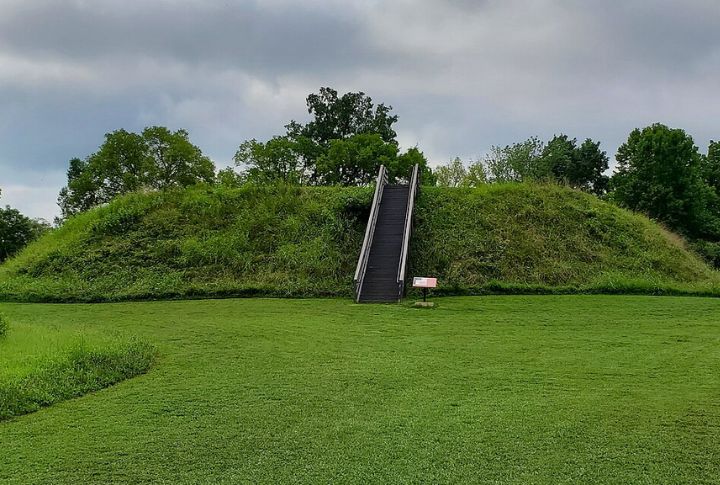
Built and occupied from 1000 to 1550 CE, it served as a political and ceremonial hub. Burial discoveries at the Etowah site reflect a society that achieved both artistic sophistication and technical skill. Also, archaeologists uncovered beautifully carved stone believed to be statues of rulers and ancestors.
Hopewell Earthworks
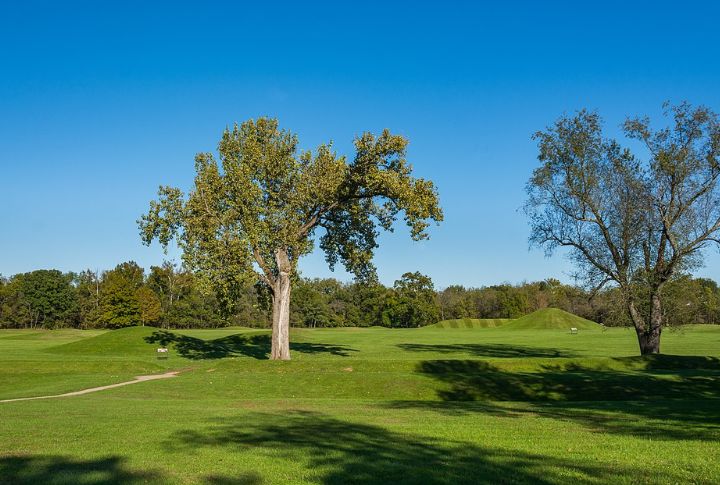
Built around 0 and 400 AD, likely by hunter-gatherers for burials and ceremonies, the earthworks stretch along the tributaries of what is now Ohio’s portion of the Ohio River. They reflect the Hopewell culture, which thrived in southern Ohio during that era.
Painted Cave
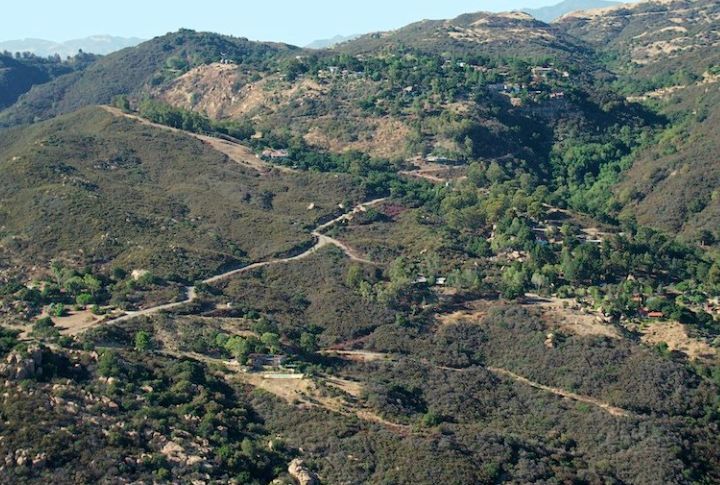
The cave contains brightly colored pictographs created by the Chumash people over 1,000 years ago. It is one of the best-preserved Native American rock art sites in the US. Symbols include suns, animals, and shamanic figures believed to represent spiritual visions. Access is restricted to prevent vandalism.
Anzick Site
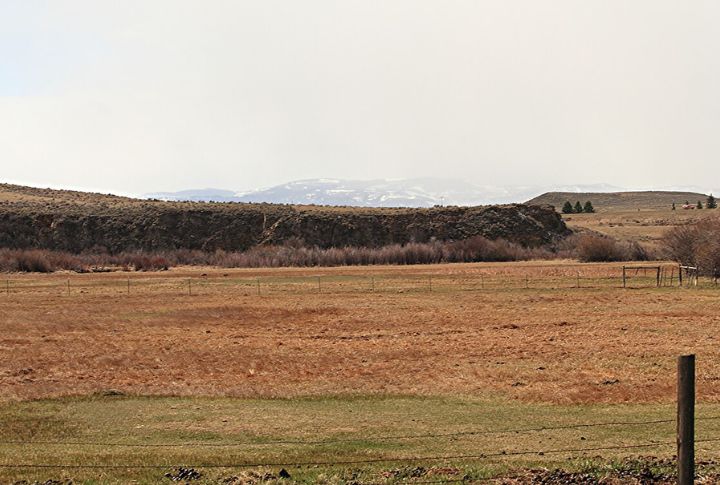
The Anzick Site contains a 12,600-year-old infant burial associated with Clovis tools. It is the only known Clovis-era burial with grave goods in North America. DNA links the Anzick child directly to modern Native American populations, and the site confirmed that Clovis people practiced ceremonial burial rituals.
Spiro Mounds
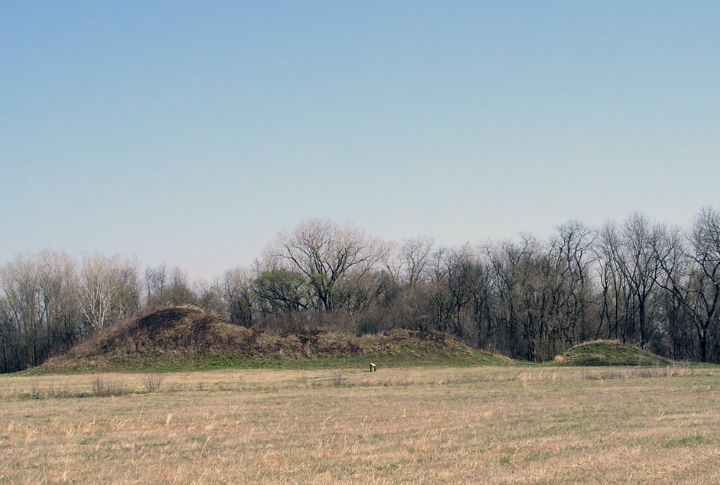
Spiro was a major Mississippian trade and ceremonial site active from 800 to 1450 AD. The site contains burial mounds rich with exotic artifacts and ceremonial items. Looters in the 1930s discovered thousands of delicate shell masks and copper plates. Spiro’s artifacts show connections to other cultures far away.
Blackwater Draw
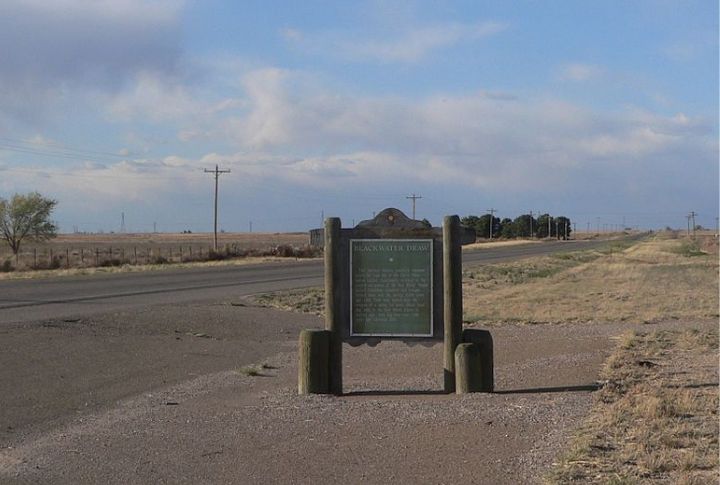
Located in New Mexico, Blackwater Draw is the type site for the Clovis culture. Clovis spear points were found in association with extinct mammoth and bison remains. Excavations here ended the debate over human coexistence with Ice Age megafauna, and the site continues to provide clues about early Paleo-Indian life and migration.
Topper Site

Stone tools found beneath Clovis layers suggest human presence as early as 16,000 years ago. The site challenges traditional timelines of when humans first arrived in North America. Excavations have uncovered thousands of stone flakes and scrapers, and Topper remains a hotbed for discussion about early American migration routes.
Folsom Site
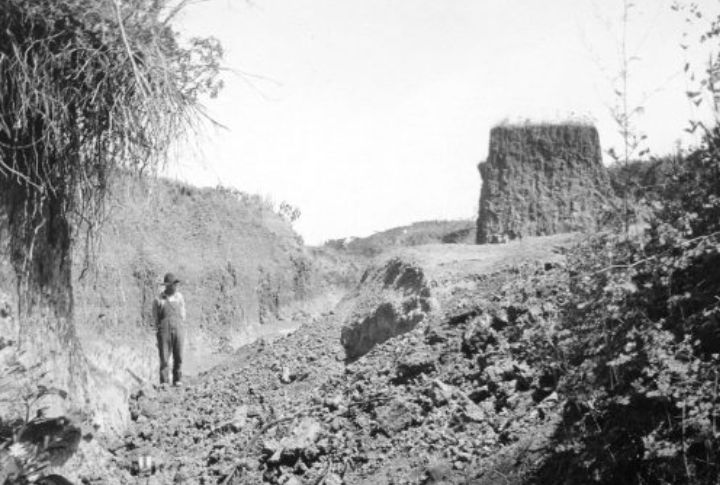
Folsom points were found embedded in the bones of extinct bison species. This site proved humans hunted Ice Age megafauna around 10,000 years ago, and the discovery in the 1920s settled the debate about humans living during the Pleistocene. The extinct bison were nearly twice the size of the modern bison.
Meadowcroft Rockshelter
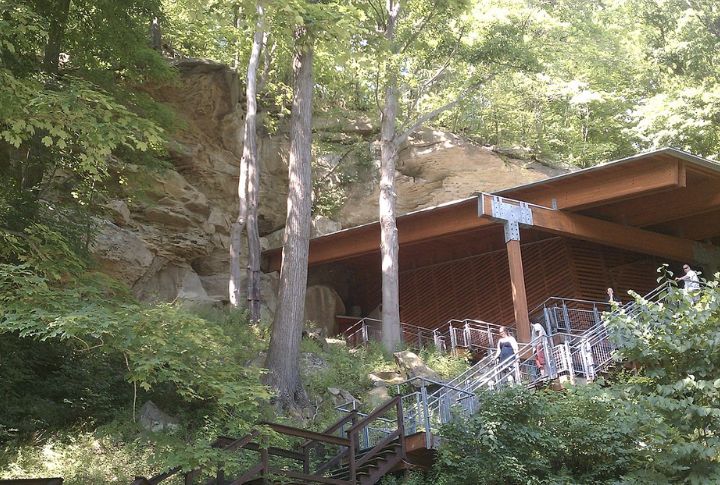
In 1955, Farmer Albert Miller discovered the location, which was extensively excavated starting in the early 1970s by archaeologist Dr. James Adovasio. Around two million artifacts were revealed, including stone tools, pottery fragments, and fire pits, dating back to the late Pleistocene era.
